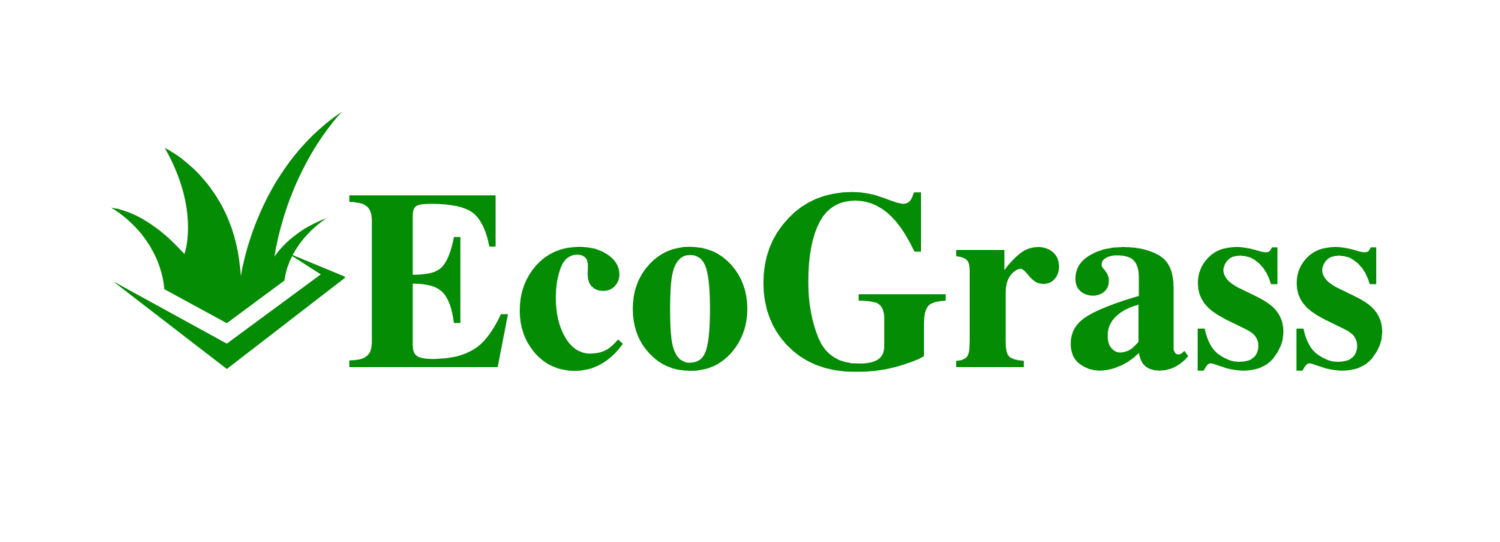Maintaining the appearance and extending the lifespan of your artificial turf can be straightforward with a little know-how. Artificial grass is prized for its low maintenance requirements and enduring beauty, making it a popular choice for outdoor spaces. While synthetic grass doesn't need watering, weeding, or mowing like natural grass, it does occasionally require repair to keep it looking its best. Over time, your turf may experience common issues such as small tears, flattening, or even slight discoloration, but these can typically be addressed without professional help.
Regular maintenance of artificial turf ensures it remains in top condition and performs well year-round. Should damage occur, prompt repair is essential to prevent further deterioration. For small areas of damage, a simple patch may suffice, involving the removal of the affected piece and replacement with a new section of matching turf. It's essential to match the color and fiber type of your existing turf to maintain a seamless look.
For larger repairs or more complex issues like drainage problems, professional advice or services might be required. Ensuring that the infill material is distributed evenly and that the turf fibers are periodically brushed can help prevent problems from arising. With the right care, your synthetic grass can be a durable and attractive feature of your outdoor living space for years to come.
Identifying and Assessing Turf Damage
Before attempting any repairs on your artificial turf, it's essential to thoroughly identify and assess the damage. Proper evaluation ensures that the repair approach you choose is effective and helps maintain the longevity and appearance of your turf.
Common Types of Damage
Tears and Cuts: Small tears might be caused by sharp objects or heavy foot traffic. Larger cuts could occur from equipment or furniture placement.
Burns: Burns on artificial turf usually result from discarded cigarettes or reflective surfaces directing sunlight onto the surface.
Weed Growth: Although rare, weeds can sometimes emerge around the edges or through small holes in the turf.
Compacted Infill: High traffic areas may lead to compacted infill, affecting drainage and the turf's resilience.
Tools and Supplies Needed
The right tools are crucial for a successful DIY repair job. Gather the following before beginning:
Sharp Tools: A sharp craft knife or scissors for clean cuts.
Rake or Brush: To clear debris and re-fluff the turf fibers post-repair.
Gauge Rake: For spreading and leveling new infill material.
Adhesive: A quality turf glue to secure the replacement piece.
Repair Kit: Some manufacturers offer kits with all necessary items.
Replacement Turf: Always ensure you have an exact or compatible match for a seamless repair.
Seaming Tape: This helps join the new piece to the existing turf sturdily.
Effective Repair Techniques
Maintaining your artificial turf's appearance and functionality requires addressing issues as they arise. Specialized techniques help to ensure repairs blend in for a seamless look, and using the right tools is key to success.
Repairing Minor Tears and Burns
Small tears or burns on your synthetic grass can be inconspicuous nuisances. To repair these blemishes:
Clean the damaged area using a mild detergent, which will help the adhesive bond effectively.
Cut a replacement piece of artificial grass matching the pattern and orientation of the fibers.
Apply an adhesive to the backing of the turf, using enough to cover the tear, but avoiding excess that may seep out and create a mess.
After setting the replacement piece in place, use a rake to groom the artificial grass, ensuring the fibers stand uniformly for a natural appearance.
Fixing Lifted Edges and Seams
Ledges and seams that have become loose or lifted need to be secured to prevent further damage. To fix these:
Prepare the seam by cleaning the edges and removing any weeds or debris.
Reattach the edges with nails or adhesive, depending on the initial installation method.
Apply pressure along the seam to ensure a snug bond. This helps to maintain the integrity and prevent tripping hazards.
Replacing Entire Sections of Turf
For damage too extensive for simple patching, you may need to replace an entire section of turf:
Remove the damaged section using a sharp knife, and clear any debris and loose infill.
Cut a new piece, ensuring it fits the area exactly, with fibers aligned in the same direction as the surrounding grass.
Secure the new piece into place using adhesive or nails, depending on the existing installation.
Add infill material if required, to help the repaired area blend in and support the upright position of the fibers for a seamless finish.
Following these specific techniques will help you tackle most common problems with your artificial turf, preserving its look and feel. If the damage is too complex, consider seeking professional help to ensure the longevity and safety of your artificial turf installation.

